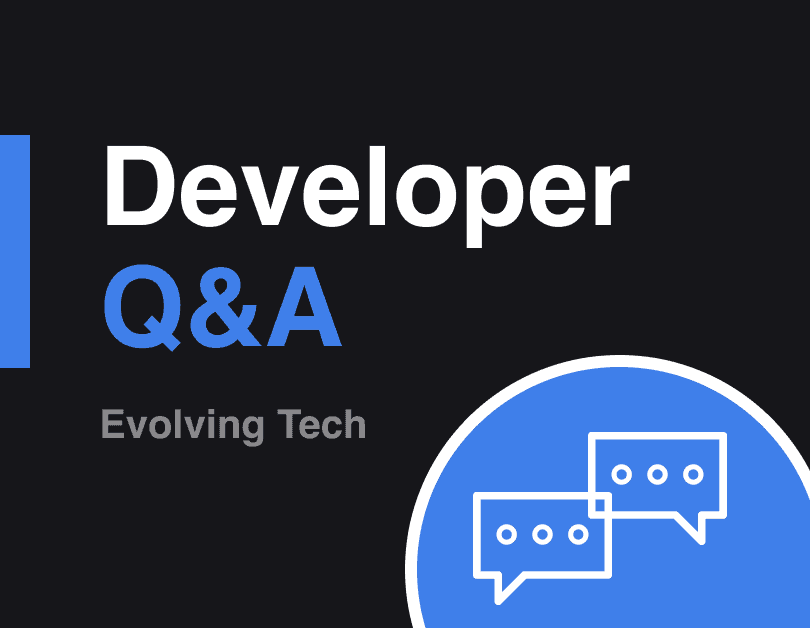
Is Your Digital Presence ADA-Compliant? Here’s What to Know.
Imagine someone visiting your website only to discover their disability prevents them from buying your product or accessing the information they need.
Not only can it be disappointing or cost you a sale, but it can also cause legal problems.
The Americans with Disabilities Act (ADA) requires websites to be accessible to people with differing abilities, whether the difference be visual, auditory, cognitive, or related to physical movements. As the federal government notes, an inaccessible website can exclude people just as much as steps at an entrance to a building.
An inaccessible website can exclude people just as much as steps at an entrance to a building.
From color contrast to captions on videos, there’s a lot to think about when it comes to digital accessibility—and it extends beyond your website to your social presence, touchscreen kiosks, and any other digital tools you may use to reach your audience.
Fortunately, there is a common measuring stick: ADA compliance.
Although it can be difficult to ensure all of your digital touchpoints are ADA-compliant, this blog is a good starting point whether you’re reviewing digital assets or totally overhauling your website.
Making Digital Accessibility a Priority
Accessibility should be part of the conversation when you’re designing digital experiences for three main reasons:
- Necessity
- Inclusivity
- Design
Necessity: The internet is no longer a nice-to-have. There was a time, until just a few years ago, when websites and digital tools were supplementary alternatives to the in-person, physical way of getting things done. Not today. So much of the valuable information we need resides in the digital realm, from health and safety resources to voting information and e-commerce. It’s not just government, nonprofit, and public service websites; B2B and B2C businesses of all types have to take this responsibility seriously. Everyone should have equal opportunities to access and purchase all goods and services.
Inclusivity: It’s also a matter of inclusivity, which is one of our key values here at Makeway. We’re not just embracing accessibility to check a box but rather embracing a broader value of inclusivity we strive to live up to every day. We believe technology should be accessible and open to all. As an organization, we pledge to advance ADA compliance technology. If your organization values inclusivity, you should be setting out to make your digital tools available to everyone.
Design: Beyond legality and inclusivity, embracing these concepts simply makes for good design. Putting aside the potential ADA compliance issues, we wouldn’t recommend using a small gray font on a white background. As designers and developers, we always aim to present a client’s content in the most approachable way possible.
By prioritizing digital accessibility, we can meet the standard of law, attract a wider audience, provide content that can be easily consumed by all, and promote good design.
The internet is no longer a nice-to-have.
Achieving ADA Compliance
So, how do you actually go about achieving ADA compliance? Here are some resources that make it easier:
Compliance Tests
• WebAIM’s Contrast Checker helps ensure your contrast and color are used appropriately. It details the Web Content Accessibility Guidelines for contrast ratios for text, graphics, and user interface components.
• ColorZilla is a browser add-on that provides color readings and the ability to adjust color and paste it into another program.
• WAVE analyzes contrast ratios for all page text elements.
• Lighthouse by Google provides a free accessibility rating by comparing web content to the WCAG guidelines.
• AccessiBe has a free test called accessScan. In a few seconds, you can ensure WCAG 2.1 Level AA compliance.
AccessiBe Widget
In addition to its free accessScan, AccessiBe has tools to ensure ADA compliance. Although the AccessiBe widget is a paid feature and you give up some real estate on your website, we think its efficacy makes it worthwhile.
You can check out a real-world example right here on the Makeway website. Just click on the stick figure in the bottom left corner of the page you’re ready to open an accessibility panel.
Accessibility: Where You Stand
You can get started improving your accessibility by taking stock of where you are now. When’s the last time your website was updated? Was it ADA-compliant at the time? Who at your organization is responsible for ensuring accessibility?
Here’s a handy checklist to get started:
✅ Add alt text and image descriptions to all images, including on social media
✅ Include captions on videos
✅ Proofread auto-generated captions to make sure they’re correct
✅ Include proper context for hyperlinked text. Avoid using vague prompts like “Click Here.”
✅ Use high-contrast colors and standard type sizing.
✅ Avoid using solely color or sound to convey key information
✅ Limit the use of strobe-like effects, flashing images, and long animations that cannot be paused
✅ Ensure it’s fully accessible via keyboard-only navigation and screen reader
Additionally, ADA.Gov has helpful examples of how to make your website accessible and WebAIM can explain some of the reasoning behind the guidelines. Google offers its own helpful Accessibility Guide with tips and case studies.
Take action to ensure you’re meeting the needs of your entire audience, including the roughly 15% of the world’s population that experiences some form of disability.
At Makeway, our process involves making sure every site is ADA-compliant by conducting regular checks and applying inclusive design principles to our process.
If you’d like to talk further, drop us a line. We’re highly accessible.


